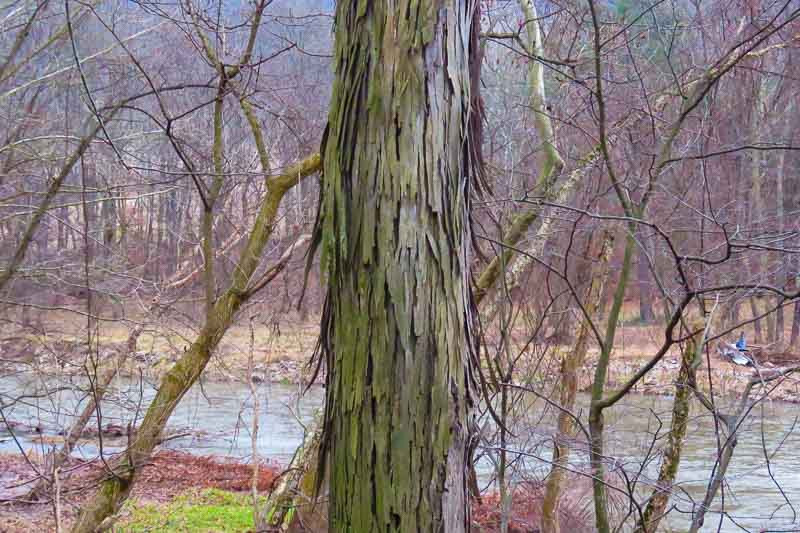Carya
Carya (Hickory) is a genus of 18 species distributed in North America, Mexico, and eastern Asia. They are vigorous deciduous trees of beautiful appearance. Their large, often lustrous, dark olive-green, pinnate leaves turn brilliant golden yellow in fall on many species. The trees provide seasonal interest, and several species produce sweet, edible nuts that drop from late summer into autumn. Long-lived, slow-growing, they are known for being good shade trees.

